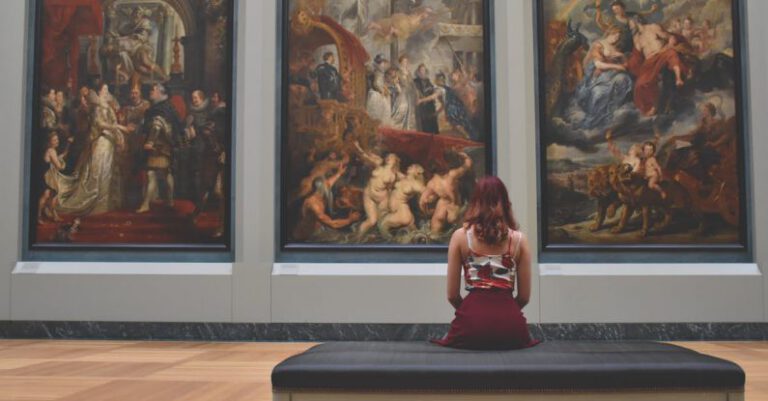How Does the Velvet Revolution Continue to Influence Prague?
In the heart of the Czech Republic lies the picturesque city of Prague, a place where history and modernity intertwine seamlessly. One of the most significant events in Prague’s history is the Velvet Revolution, which took place in 1989. This peaceful revolution marked the end of the communist regime in Czechoslovakia and led to the country’s transition to democracy. Despite being more than three decades ago, the Velvet Revolution continues to have a profound influence on Prague today, shaping the city’s culture, politics, and identity.
Cultural Renaissance
The Velvet Revolution sparked a cultural renaissance in Prague, breathing new life into the city’s arts and creative scene. The revolution brought about a newfound sense of freedom and expression, allowing artists and intellectuals to explore ideas and themes that were previously suppressed. This cultural renaissance is evident in Prague’s vibrant art galleries, theaters, and music venues, which continue to thrive and attract visitors from around the world.
The legacy of the Velvet Revolution can also be seen in Prague’s street art scene, which has blossomed in recent years. Graffiti and murals depicting scenes from the revolution serve as poignant reminders of the city’s history and the struggles faced by its people. Street art has become a powerful form of expression in Prague, giving voice to the issues and concerns of its residents in a visually striking way.
Political Evolution
The Velvet Revolution fundamentally altered the political landscape of Prague, paving the way for a new era of democracy and freedom. The revolution saw the rise of Vaclav Havel, a dissident playwright turned politician, who became the first president of post-communist Czechoslovakia. Havel’s legacy looms large in Prague, with his ideals of human rights, civil liberties, and democracy continuing to shape the city’s political discourse.
Today, Prague remains a hub of political activity, with its residents actively engaged in shaping the future of their country. The spirit of the Velvet Revolution lives on in Prague’s civic movements and grassroots organizations, which work tirelessly to uphold the values of freedom and democracy. From protests in Wenceslas Square to community organizing efforts in local neighborhoods, the people of Prague continue to be inspired by the legacy of the Velvet Revolution in their pursuit of a more just and equitable society.
Tourist Magnet
The legacy of the Velvet Revolution has also made Prague a magnet for tourists seeking to learn more about this pivotal moment in history. The city’s historic sites, such as the Velvet Revolution Memorial and the Museum of Communism, offer visitors a glimpse into the events that unfolded in 1989 and their lasting impact on Prague and the Czech Republic. Tourists can also explore the Velvet Trail, a self-guided walking tour that takes them to key locations associated with the revolution, allowing them to immerse themselves in Prague’s history and culture.
Additionally, the Velvet Revolution has shaped Prague’s reputation as a city of freedom and resilience, attracting visitors who are drawn to its rich history and vibrant spirit. The city’s cobblestone streets, historic architecture, and bustling squares serve as a backdrop to the stories of courage and hope that emerged during the revolution, making Prague a must-visit destination for those seeking to experience the enduring legacy of this transformative moment in history.
In Conclusion: A Living Legacy
The Velvet Revolution continues to cast a long shadow over Prague, influencing its culture, politics, and identity in profound ways. From its cultural renaissance to its political evolution and its status as a tourist magnet, the revolution’s impact can be felt throughout the city. As Prague looks to the future, the spirit of the Velvet Revolution remains alive and well, inspiring its residents to uphold the values of freedom, democracy, and human rights that were at the heart of this historic moment.






